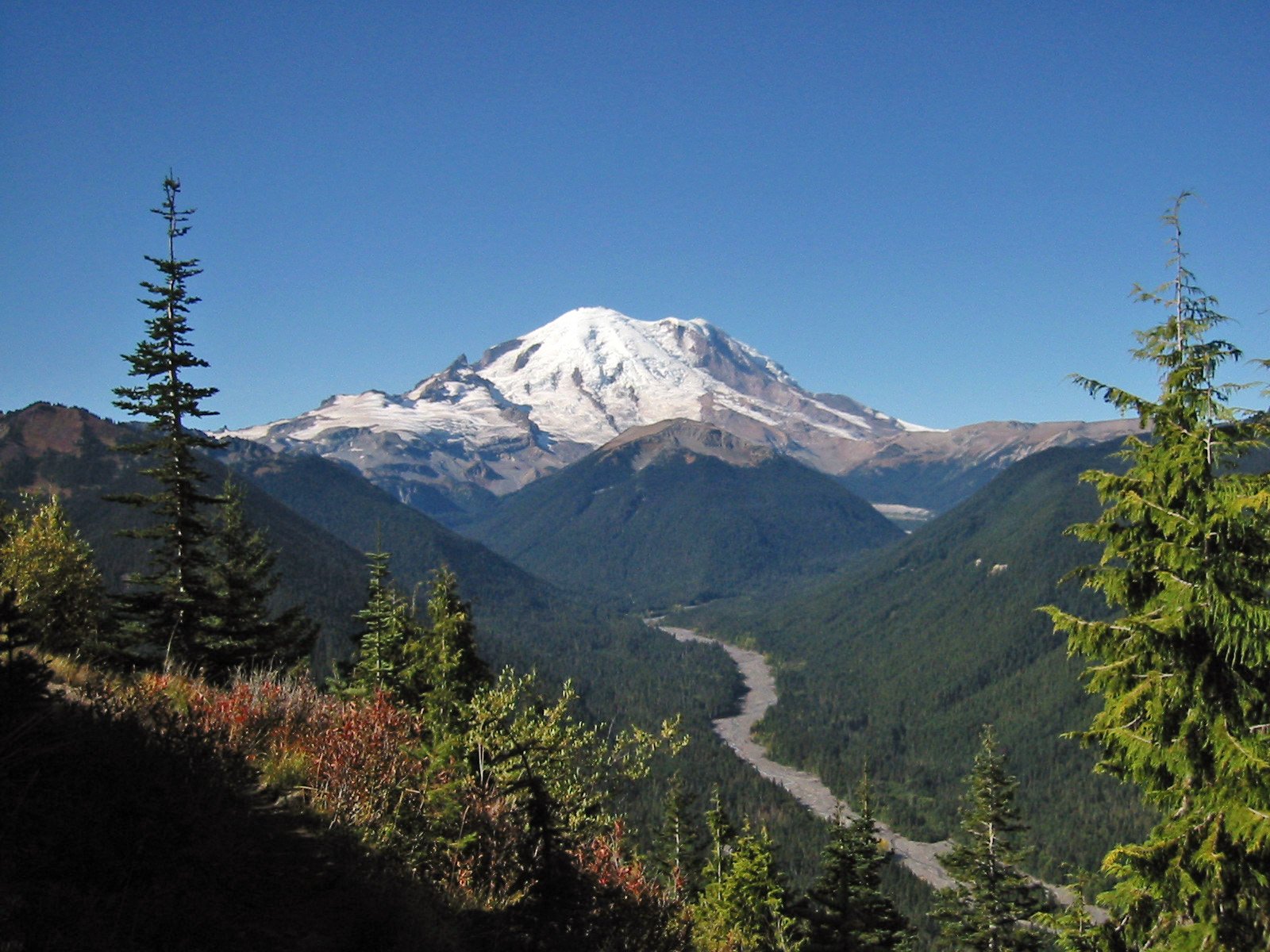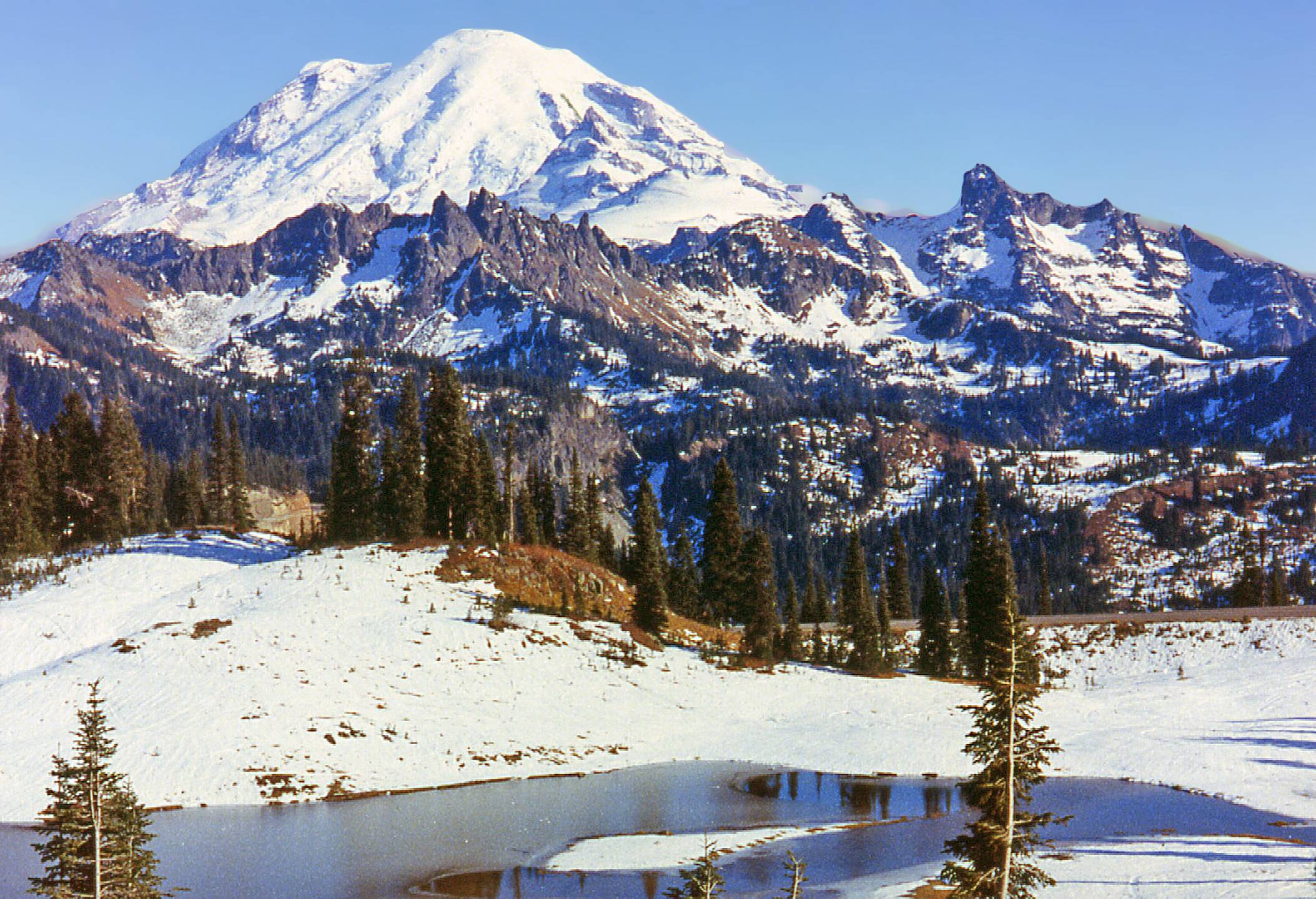Mount Rainier, an iconic stratovolcano in Washington State, attracts thousands of climbers each year. The reasons for climbing this majestic peak are as diverse as the climbers themselves. From the thrill of conquering a challenging summit to the breathtaking views and the opportunity for personal growth, Mount Rainier offers a unique experience that draws adventurers from around the world. This article explores the motivations behind climbing Mount Rainier, the challenges involved, and what climbers can expect on their journey to the top.
Why Do People Choose to Climb Mount Rainier?

Mount Rainier’s allure stems from its combination of accessibility and challenge. Standing at 14,411 feet (4,392 meters), it’s the highest peak in the Cascade Range and offers a true mountaineering experience without requiring a trip to a remote part of the world. Here are some key reasons why people are drawn to climb Mount Rainier:
- Personal Challenge and Achievement: Climbing Mount Rainier is a significant physical and mental challenge that pushes individuals to their limits.
- Spectacular Views: The summit offers unparalleled 360-degree views of the surrounding landscape.
- Mountaineering Skills Development: It’s an excellent training ground for those looking to build their alpine climbing skills.
- Preparation for Higher Peaks: Many use Mount Rainier as a stepping stone for climbing higher mountains worldwide.
- Sense of Adventure: The climb offers a thrilling adventure and a break from everyday life.
What Physical Challenges Does Mount Rainier Present?

Climbing Mount Rainier is no walk in the park. The mountain presents several physical challenges that test even experienced climbers:
- Elevation Gain: Climbers must ascend approximately 9,000 feet from the trailhead to the summit.
- Altitude: The high elevation can cause altitude sickness in some climbers.
- Glacial Terrain: The mountain is covered in glaciers, requiring technical skills to navigate safely.
- Weather Conditions: Rapid weather changes can make the climb dangerous and unpredictable.
- Endurance: The climb typically takes 2-3 days, requiring significant stamina and mental fortitude.
How Do Climbers Prepare for Mount Rainier?
Proper preparation is crucial for a successful and safe climb of Mount Rainier. Here’s a breakdown of how climbers typically prepare:
| Aspect | Preparation Details |
|---|---|
| Physical Training | Cardiovascular exercises, strength training, and endurance building |
| Technical Skills | Learning glacier travel, crevasse rescue, and ice axe use |
| Equipment | Acquiring or renting specialized gear like crampons, ice axes, and cold-weather clothing |
| Mental Preparation | Developing mental toughness and learning stress management techniques |
| Acclimatization | Spending time at higher altitudes to adjust to lower oxygen levels |
What Are the Popular Routes to Climb Mount Rainier?
Mount Rainier offers several routes to the summit, each with its own challenges and characteristics:
- Disappointment Cleaver (DC) Route: The most popular route, starting from Paradise.
- Emmons Glacier Route: The second most popular, starting from the White River Campground.
- Kautz Glacier Route: A more technical route for experienced climbers.
- Liberty Ridge: One of the most challenging and dangerous routes on the mountain.
What Equipment Is Necessary for Climbing Mount Rainier?
Climbing Mount Rainier requires specialized equipment to ensure safety and success. Here’s a list of essential gear:
- Mountaineering boots
- Crampons
- Ice axe
- Climbing harness
- Helmet
- Ropes
- Warm, layered clothing
- Sleeping bag rated for cold temperatures
- Tent or bivy sack
- Headlamp
- Navigation tools (map, compass, GPS)
- First aid kit
How Long Does It Take to Climb Mount Rainier?
The duration of a Mount Rainier climb can vary based on the route and the climber’s experience level. Here’s a general timeline:
- Total Duration: Most climbs take 2-3 days
- Ascent Time: Typically 6-8 hours from high camp to summit
- Descent Time: About 4-6 hours from summit to base camp
What Are the Success Rates for Climbing Mount Rainier?
Success rates for climbing Mount Rainier vary depending on several factors:
- Overall Success Rate: Approximately 50% of climbers reach the summit
- Guided Climbs: Higher success rates, often around 60-70%
- Independent Climbers: Lower success rates, typically around 40-50%
- Factors Affecting Success: Weather conditions, physical fitness, acclimatization, and technical skills
How Much Does It Cost to Climb Mount Rainier?
The cost of climbing Mount Rainier can vary widely depending on whether you go with a guide service or climb independently:
- Guided Climbs: Range from $1,000 to $3,000+ per person
- Independent Climbs: Much less expensive, but requires personal equipment and experience
- Permit Fees: $50 per person for climbs above 10,000 feet
- Equipment Costs: Can range from $500 to $2,000+ if purchasing all necessary gear
What Are the Best Times to Climb Mount Rainier?
The climbing season on Mount Rainier typically runs from May to September, with certain periods being more favorable:
- Peak Season: Mid-July to mid-August offers the best weather conditions
- Shoulder Seasons: May-June and September can offer good conditions with fewer crowds
- Winter Climbs: Possible for very experienced climbers but extremely challenging and dangerous
What Safety Precautions Should Climbers Take on Mount Rainier?
Safety is paramount when climbing Mount Rainier. Here are essential precautions:
- Proper Training: Ensure adequate physical fitness and technical skills
- Weather Monitoring: Check forecasts regularly and be prepared to turn back if conditions worsen
- Acclimatization: Spend time at higher altitudes before the climb to reduce the risk of altitude sickness
- Rope Teams: Always climb in rope teams to prevent falls into crevasses
- Communication: Carry reliable communication devices and inform others of your climb plan
- Leave No Trace: Follow proper waste management and environmental protection practices
Climbing Mount Rainier is a challenging yet rewarding experience that attracts thousands of adventurers each year. The combination of physical challenge, breathtaking views, and the opportunity for personal growth makes it a compelling goal for many outdoor enthusiasts. Whether you’re an experienced mountaineer or a novice looking to test your limits, Mount Rainier offers an unforgettable journey to those who dare to climb its slopes.
References:
1. https://www.scott-kranz.com/challenge-of-mount-rainier
2. https://iandallas.com/blog/main/2018/09/thoughts-after-climbing-mt-rainier/
3. https://mtnguide.net/5-reasons-why-you-should-climb-mt-rainier/
